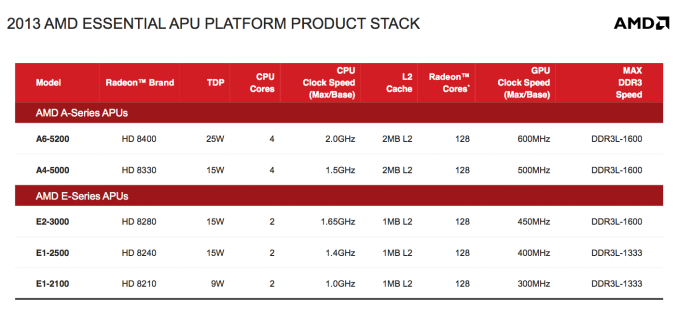There are any number of factors that could have dictated console release schedules. I wouldn't assume that node availability/maturity alone was driving it. You'd may as well say 65nm, 55nm, etc were never considered worthy of a new console attempt either..
Console chips were shrunk to 65nm and 32nm, many years into each node's life span.
I've heard a lot of complaints about 20nm but TSMC claims up to 1.9x better density..
Wafer costs are going to be higher, and yields are going to be considered poor, with the relative scale of poorness being inversely related to maturation time and the margins of the product being built on it.
Or did you mean performance scaling? I've heard rumors that there are almost no performance benefits (TSMC is saying something very different) but I'm going to wait for something tangible before I really believe that. The FinFET node is apparently going to have the same dimensions.
Performance scaling is going to be comparatively weak. Leakage is going to be a problem. It gets worse unless you make more significant changes to the shrinking transistors, which everyone but Intel usually does a node too late.
The hybrid node may have some density improvement. On top of general process improvement, there are some structures, like SRAM, that can tolerate less than ideal metal layer scaling.
Intel stepped off the gas for a few nodes for its metal scaling, but highly customized and regular cells like Intel's caches kept shrinking pretty well.
I said 1 year from the release of XBox One. When is that exactly? I figured it was pretty late this year.
Full product range crossover will probably take longer than that for AMD and Nvidia.
AMD is finally releasing a 28nm APU, a year after the paper launch of Tahiti.
If we're going by foundry roadmaps, 28nm is a late 2010 process node.
Going by revenue contribution for TSMC, 28nm is a late 2011 node. This means the first 28nm console chip will be out 2 years later.
I'd be more comfortable with 2+ years for a 20nm console chip, but I'm a pessimist.
I'm not sure if they'd want to wait for the hybrid node.
I'm expecting to see some products using TSMC 20nm at some point in H1 2014. nVidia and AMD have traditionally been some of the first customers, including with 28nm...
An FPGA (Altera?) will probably be the first, by six or more months. A limited subset of GPU production may follow, with actual production crossover being later.


